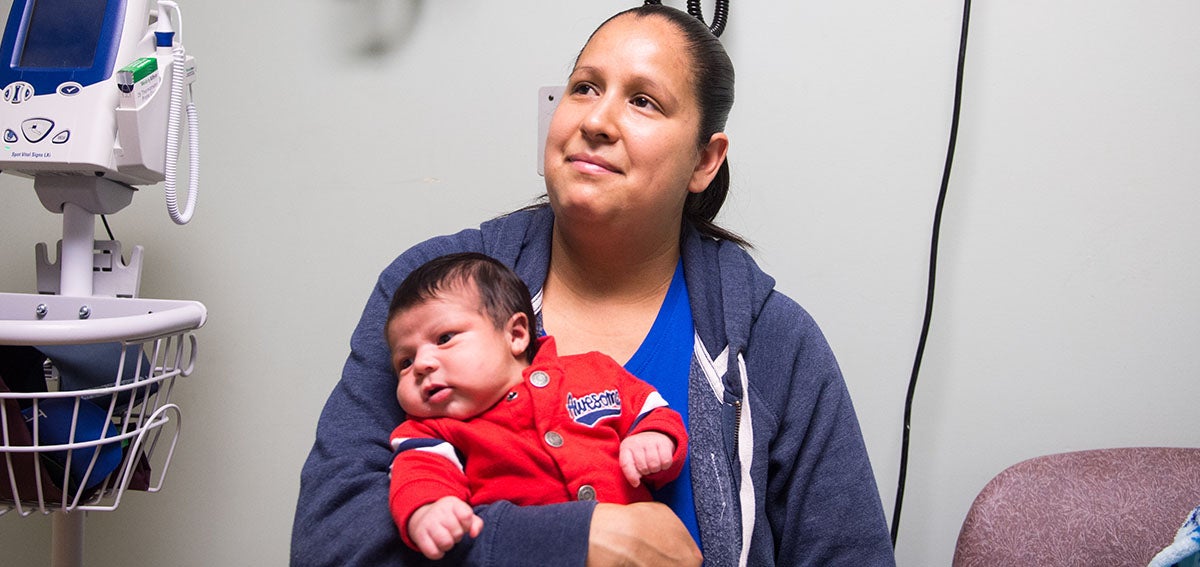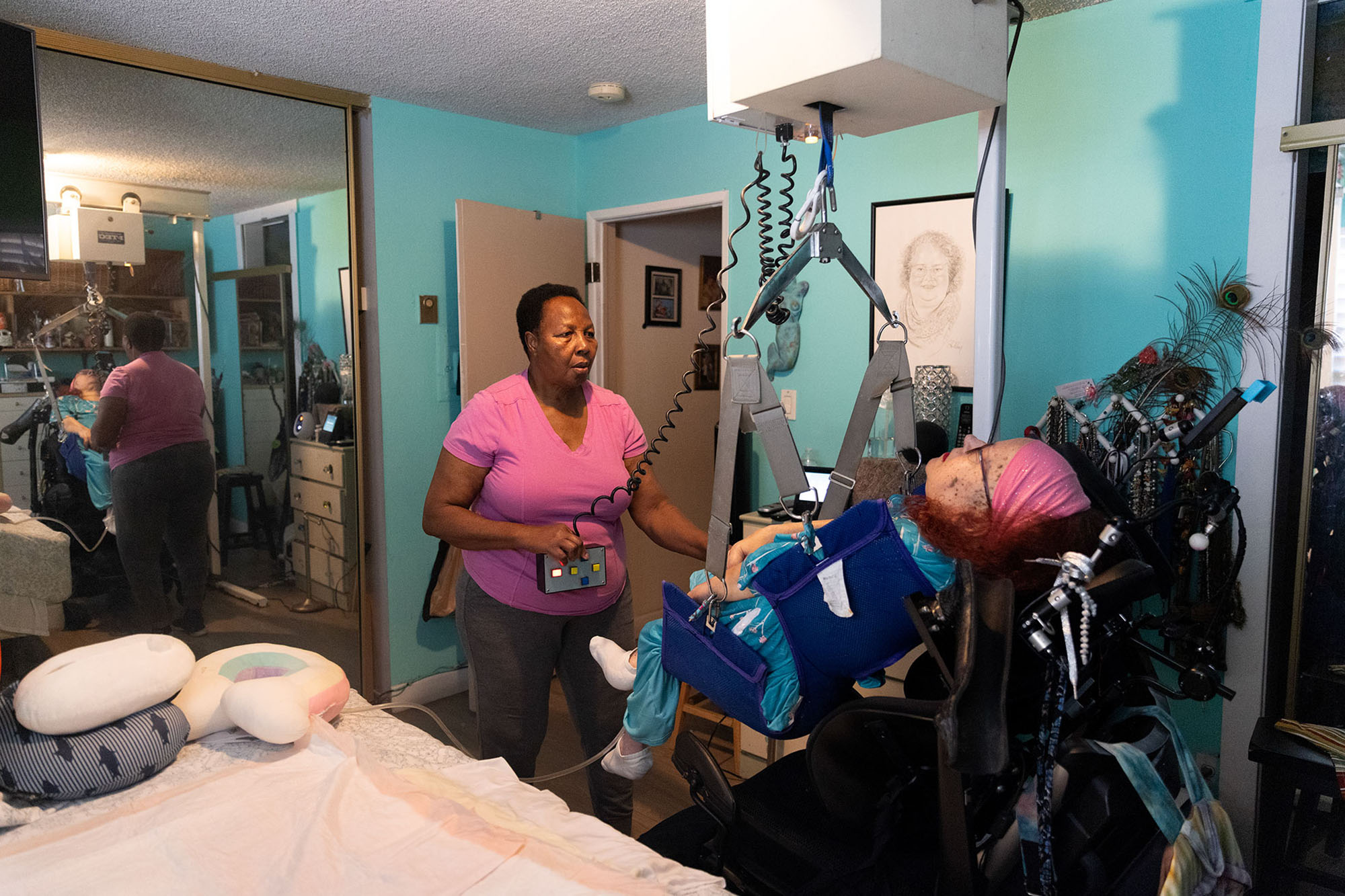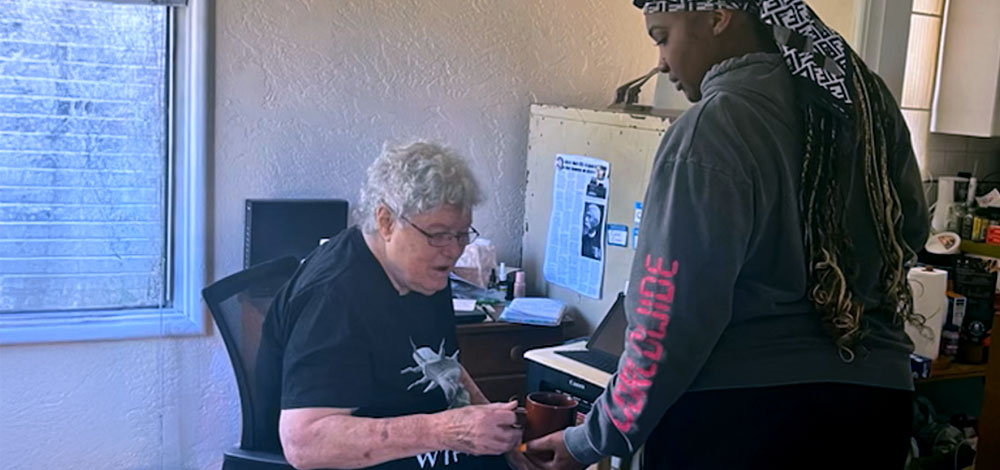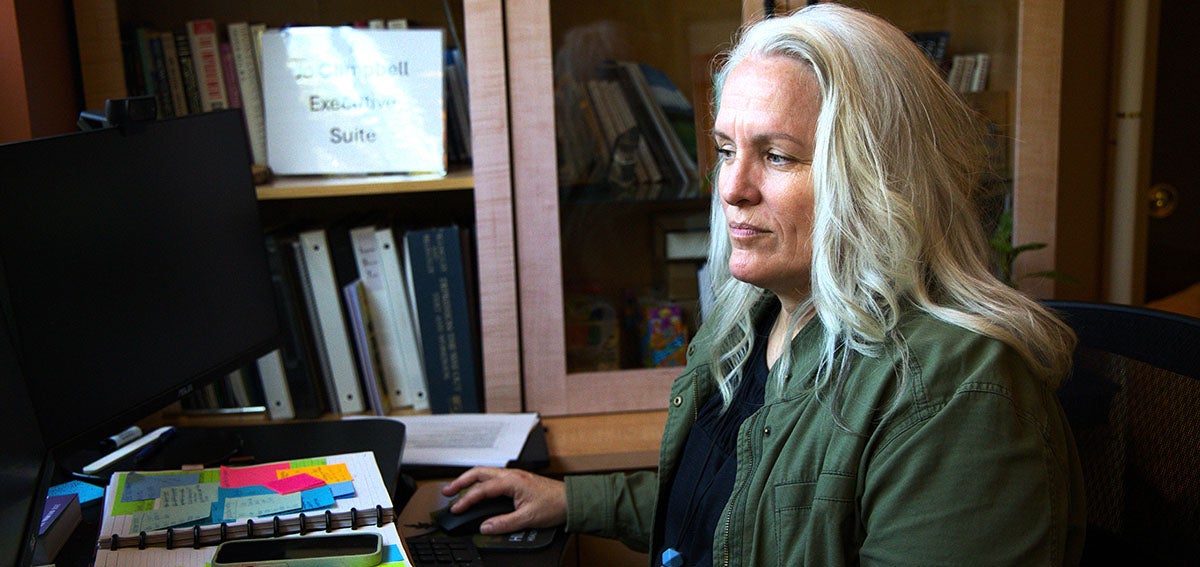
As COVID-19 ravages our state, Californians have seen up close how long-standing cracks in our health care system are both unfair and deadly. Unequal access to quality care is one reason so many Californians battle health conditions that leave them predisposed to COVID-19 illness and death. Our health system is failing to treat our communities of color equitably, contributing to the stark racial disparities in infection rates and deaths due to the virus.
In California, the Medi-Cal program delivers care to about 40% of children, close to one-half of people with disabilities, more than one million seniors, and around one in six working adults. Eighty percent of Medi-Cal enrollees receive care through a managed care plan. Medi-Cal spends over $50 billion annually buying health care through managed care plans, putting the state in a powerful position to drive improvements in care quality and to achieve greater equity.
In 2021, the California Department of Health Care Services (DHCS) will begin a competitive process to determine which commercial Medi-Cal managed care plans it will contract with — a process that will be open to plans that currently contract with DHCS and to new ones. In the coming months, DHCS will start making key decisions about requirements these plans will have to meet and how managed care plans will be paid. These decisions, which also will affect the state’s contracts with public plans, will shape health care delivery for millions of Californians served by the health care safety net — the vast majority of them people of color — for years to come.
As this crucial window of opportunity drew near, CHCF in collaboration with DHCS asked Bailit Health Purchasing to answer a critical question: How can DHCS use its formidable market power to raise the bar on the quality of care and equity in Medi-Cal managed care? Bailit Health’s new report, Paying Medi-Cal Managed Care Plans for Value: Design Recommendations for a Quality Incentive Program, recommends DHCS take a “carrot-and-stick” approach to achieve these goals.
Medi-Cal Managed Care Plans Are Now Paid with Little Regard to Quality
Californians served by Medi-Cal managed care programs receive lower quality care, on average, than people enrolled in Medicaid programs in many other states (PDF). Over the past 10 years, the quality of care received by Medi-Cal managed care members has either stagnated or declined for most measures. Quality trends for kids’ care are particularly concerning: Among the nine indicators reported for children’s care, quality declined or stayed the same in six.
One reason quality is flagging is that Medi-Cal’s rules drive toward mediocrity rather than excellence. Plans are only required to perform at least as well as 50% of other Medicaid plans nationally. In fact, until 2019, plans were subject to penalties only if they performed in the bottom 25%. And Medi-Cal doesn’t reward high performance or offer financial incentives to plans that meet minimum requirements to improve care. Penalties for underperformance have historically been assessed only in extreme cases and have failed to spur plans to do measurably better.
Beyond missing opportunities to deliver value on the dollar, this payment structure has real, harmful consequences for the health and well-being of millions of Californians. It means too many children go without proper vaccinations and well-child visits, too many women don’t get timely prenatal care or screening for breast and cervical cancers, and too many adults don’t receive adequate care to manage chronic diseases like diabetes that are major risk factors for COVID-19.
The Carrot-and-Stick Approach
The report recommends that DHCS add strong financial incentives into contracts with managed care plans to help improve the health of Californians in the safety net and to reduce glaring disparities.
Stick. Rather than paying plans irrespective of performance, Medi-Cal should pay less than the full per-person rate unless they meet goals for quality and equity. Called a “capitation withhold,” this approach gives health plans a clear incentive for improvement by showing them ahead of time how much money they could lose by underperforming. Other states reviewed by Bailit withhold 1% to 3.5% of the rate paid to each plan for each covered member.
Carrot. To keep pushing the quality bar higher, plans should have the opportunity to earn back some or all of the withheld capitation money through high performance and improvement. Improving quality, reducing health disparities, and integrating physical and behavioral health care are examples of measurable goals that can be rewarded.
Tying pay to performance would significantly enhance expectations around plan performance and give DHCS a powerful tool for achieving the state’s goals for access, quality, and health equity. This carrot-and-stick approach gives working Californians served by the health care safety net a reason to expect future improvements in care quality.
Bailit’s recommendations were developed in consultation with DHCS and health care stakeholders and based upon successful approaches other states and large health systems in California use to tie payments to quality and equity.
California Must Seize This Once-in-a-Decade Opportunity
As DHCS kicks off its contracting process for Medi-Cal managed care in 2021, California has a once-in-a-decade opportunity to institute much-needed, long-overdue financial incentives tied to health plan performance. These incentives would help the governor deliver on his promise to advance health equity for the approximately seven million Latinx, Black, Asian, and American Indian / Alaskan Native Californians enrolled in Medi-Cal managed care. In the coming months, CHCF looks forward to fostering a robust discussion of other important reforms that can and should be implemented through the contracting process.
Authors & Contributors


Jessica Brandi Lifland
Jessica Brandi Lifland is a freelance photographer, instructor of journalism at City College of San Francisco, and mother. Her work with publications and nonprofits such as Operation Smile, Tostan, and the California Health Care Foundation has taken her all over the world, including West Africa, the Middle East, Kosovo, Burma, Haiti, and South America.
For two decades she has been photographing the National Cowboy Poetry Gathering and has been working on a long-term project documenting the lives of the cowboy poets of the American West in affiliation with the Western Folklife Center. She plans to make her project into a book.





